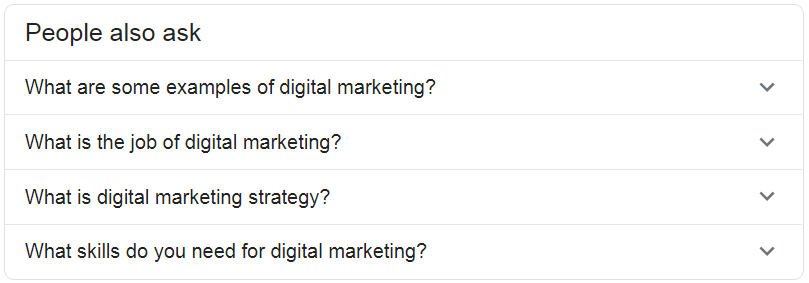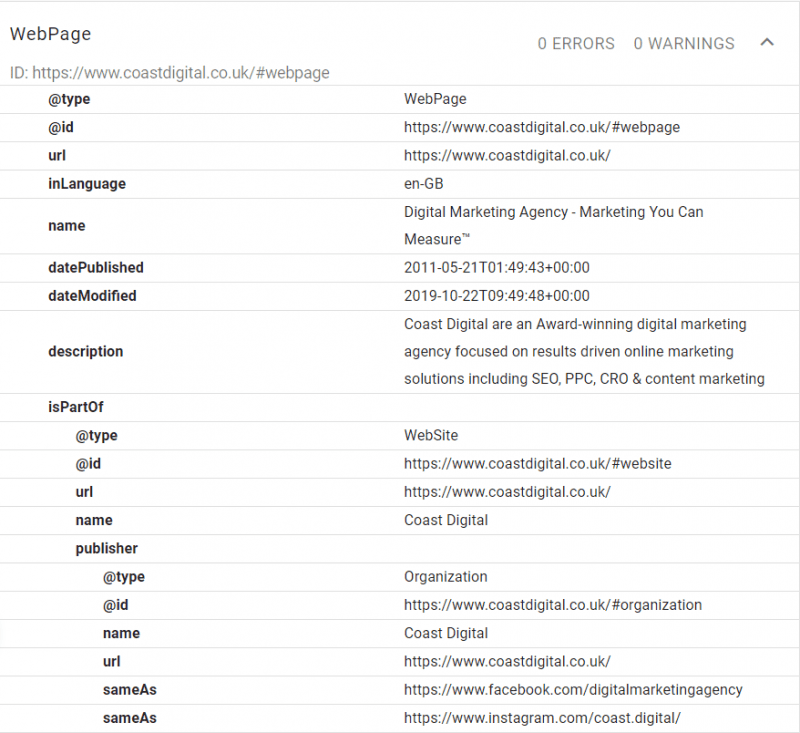Local search engine optimisation (SEO) is key to the performance of any business. Utilising local SEO makes it much easier to target a local audience for your website, store front or service area.
Whilst there might be a need to attract customers and clients from locations outside of the direct audience, establishing a strong local SEO presence will likely be a crucial part of your digital marketing strategy.
In this blog post, I will take a look at seven ways to boost your local rankings, and directing traffic to a site within a local target audience.
1. Local Keyword Research
Conducting keyword research will help you target the most relevant keywords used by those you’re trying to reach. Take solicitors for example, they could be lawyers, solicitors, law firms, or even solicitor firms.
It doesn’t matter if lawyers and solicitors are even the same thing, it only matters what your target audience refers to them as. If customers in a specific area search for ‘lawyers’, then referring to them as solicitors on your website is not going to help you appear organically for those terms.
Location targeting should also be included in keyword research, as this will help you identify specific areas to be optimised for. It’s short-sighted to try and target a whole county if your target audience looks for a service within a specific town.
For example, a London based estate agent might target the search term ‘Estate agents London’ which has a monthly search volume of 5,400. However, borough specific searches within London such as ‘Islington estate agents’ or ‘Putney estate agents’ may have lower search volume, but they do indicate much more information and intent about the user. If the estate agents website isn’t providing specific information for those searches, then users are likely to look elsewhere.

Additionally, it could make sense to look for location specific searches whilst using different targeting settings, e.g. does your business need to know search volumes for “Romford estate agents” for users in the UK, or just users in London?
2. Local Landing Page
Optimising a landing page for local SEO means creating a page that targets a specific location through the use of:
- Keywords
- Images
- Directions
- Embedded Google Maps
- Optimised meta data
- Heading tags
- User generated content
- Social media links
- Calls to action
But what is a local landing page? Let’s say for example, that your business operates within Essex, and has several offices scattered throughout the county. Each of these offices are client facing and provide an onsite service, therefore each office will likely have a dedicated page on the site.
These are your local SEO landing pages, as they do not serve any other purpose than advertising specific information about those specific offices. They can be optimised around local keywords, regional information, maps, directions, contact details and much more.
3. Google My Business
Google My Business (GMB) is the essential marketing tool for any local business looking to direct organic traffic to its website. It gives businesses the power to manage their presence within the Google search results through specific details such as contact details, opening times, photos and customer reviews.

Optimising your Google My Business listing should be the foundation of your local SEO strategy. Search engines know the location of its users across the web, meaning searches such as “estate agents near me” have become an extremely valuable space for companies competing against one another, in a potentially overcrowded market.
Thankfully, there are a number of ways we can leverage this tool to its full potential. However, it is not all plain sailing as some can be more difficult to achieve than others.
For example, client reviews are largely dependent on the quality of service a company provides, meaning the reviews left on the GMB profile are largely out of the businesses control. The address on the other hand, can be decided by the person managing the Google My Business account, and should therefore be accurate and up to date.
However, as with anything that involves user input, human error is often a factor. This means we must make sure that consistencies are in place when it comes to opening times, phone numbers, URLs, and so on. Click here to find out more information on how to set up a Google My Business profile.
4. NAP
Having a consistent NAP (name, address and phone number) is vital to local SEO. This is because there is no point putting in all of the hard work building a fully optimised Google My Business profile if the details you enter do not match those found elsewhere on the internet.
In fact, Google could take these inconsistencies as a sign that something isn’t right, and penalise the site in local search results. What’s more, you don’t want your customers turning up at the wrong address, or calling an out of date phone number. A positive user experience is just as important as achieving high search result rankings.
Getting all your ducks in a row is not always an easy task – the best place to start is the local landing page linked to from your GMB profile. From here, you’ll need to look across the internet to discover everywhere else your business appears, with directories being a great starting point.
Again, inconsistencies with NAP can be down to user error, but sometimes the issues go a little bit deeper than that. This is because Google crawls everything, and everything includes databases such as Companies House and The Royal Mail.
For example, you enter a ‘user friendly’ company name into GMB such as OM Ltd, but Companies House and The Royal Mail have the company listed as Online Marketing Limited – this is a NAP inconsistency. What’s more, directories can scrape information from these databases and publish it on their sites. So, the information on your business needs to be consistent across the net.
What is the best practice for NAP? If possible, make everything match the information found in your GMB profile, because Google is king! And that includes ensuring a phone number is displayed in exactly the same format – not just the same numbers. For example, 0845 450 2086 shouldn’t be displayed as 084 5450 2086 in other areas.
5. Local Link Building
Local link building will give your landing page that extra boost which is required to achieve the best rankings in local search results – from rich snippets, to the map pack. Best practice is to acquire links from relevant, authoritative websites within the same location as your business operations. There is no reason to stray outside of these best practices, as doing so can lead to a Google penalty.
Naturally, the difference between a good and bad link does vary depending on the business in question, but there are some sites which should be avoided entirely. Whilst links from these sites are easy to achieve, they can violate the terms of Google’s Penguin algorithm and lead to site penalties.
If you are attempting to build local links, you’ll want to focus your efforts on sites which are directly relevant to the industry your business operates in, or which adds value to the user. If the sites are not valuable to the user, then its best to avoid them. After all, evidence suggests that SEO is becoming more and more about the ‘user-first’.
Finally, all local link building should be conducted with the local landing page in mind, meaning all acquired links should be directing traffic to the local landing page, and not the homepage of the site itself. The aim of the game is drive link juice and authority to the page which you want to rank well in local searches.
6. Local content creation

When it comes to creating content as part of your local SEO strategy, it is vital to ensure that all content created provides a benefit to the target audience. Content which targets all relevant audiences across the internet is great for the main site, but local content needs to be much more specified than that.
Going back to my previous example of a local estate agent, content targeting audiences within specific towns could look something like ‘Moving to within school catchment areas in Bristol’. This content will appeal to anyone looking to move to Bristol, whilst considering the best areas to live for schools.
Long tail keywords are ideal for content, as these are more likely to be from users who are further down the conversion funnel, and they are generally easier to rank more highly for.
For example, someone searching for ‘How will digital marketing help my small business?’ will likely lead to better traffic, than compared to those searching for ‘What is digital marketing?’.
What’s more, the second question can be answered with a top-level response, which Google can provide within the search results. This means that the user can find the answer to their question without actually needing to visit a website within the search results.
The first question however, is not a simple yes or no answer, meaning users are more likely to click through to a new page to find a more detailed answer. Keyword research is ideal for identifying local, long tail content opportunities.
Google’s ‘People Also Ask’ feature – which provides related answers to the initial query – can also help to identify topics to include in your local content strategy.

7. Schema Markup
Schema Markup is the ideal final touch for local SEO. It can improve the quality of your rich snippets by including information like reviews, contact details and more.
With Schema, a webmaster is able to tag specific pages of a website with extra bits of information to help identify the purpose of the page, and add some context to what the crawler bots will see on the page. For example, an address can be tagged as an address, a name can be tagged as the page author, and an event can be tagged as an event… you get the picture.

The purpose of all this is to help Google understand your site, and do some of the work for it. Google bots are looking for specific data on your website, and Schema markup gives you the chance to tell it exactly where to the look, and exactly what the data means. Here’s a handy little guide to help you apply local schema markup to your site.
For more information on local search engine optimisation, and what Coast Digital can do for you, click here.
